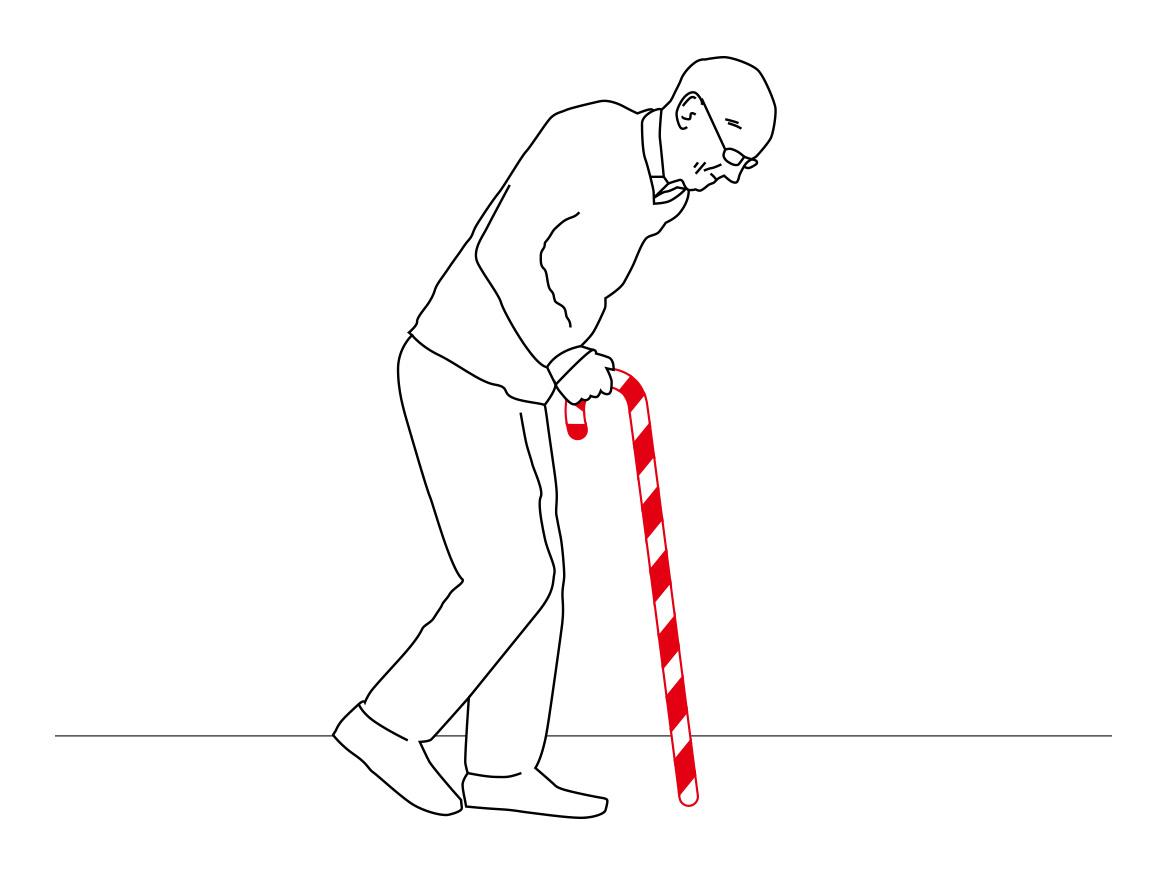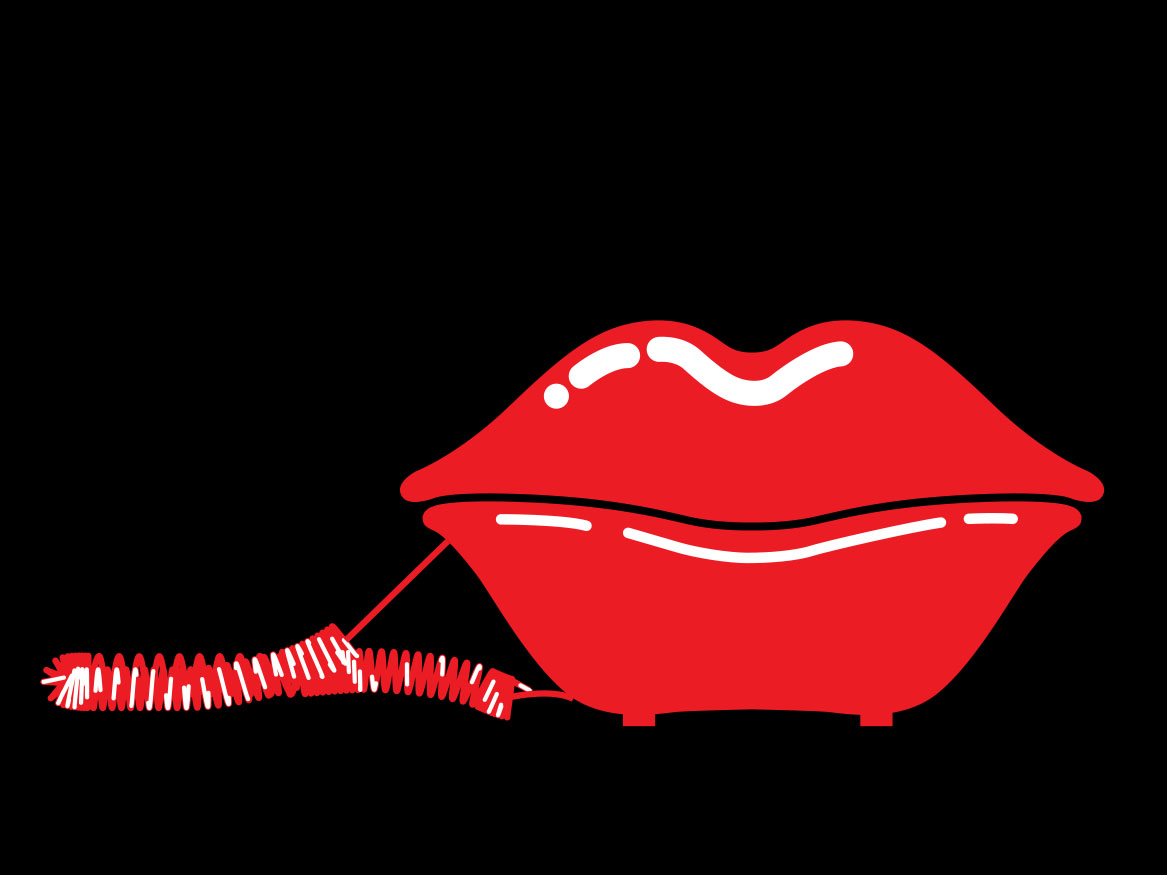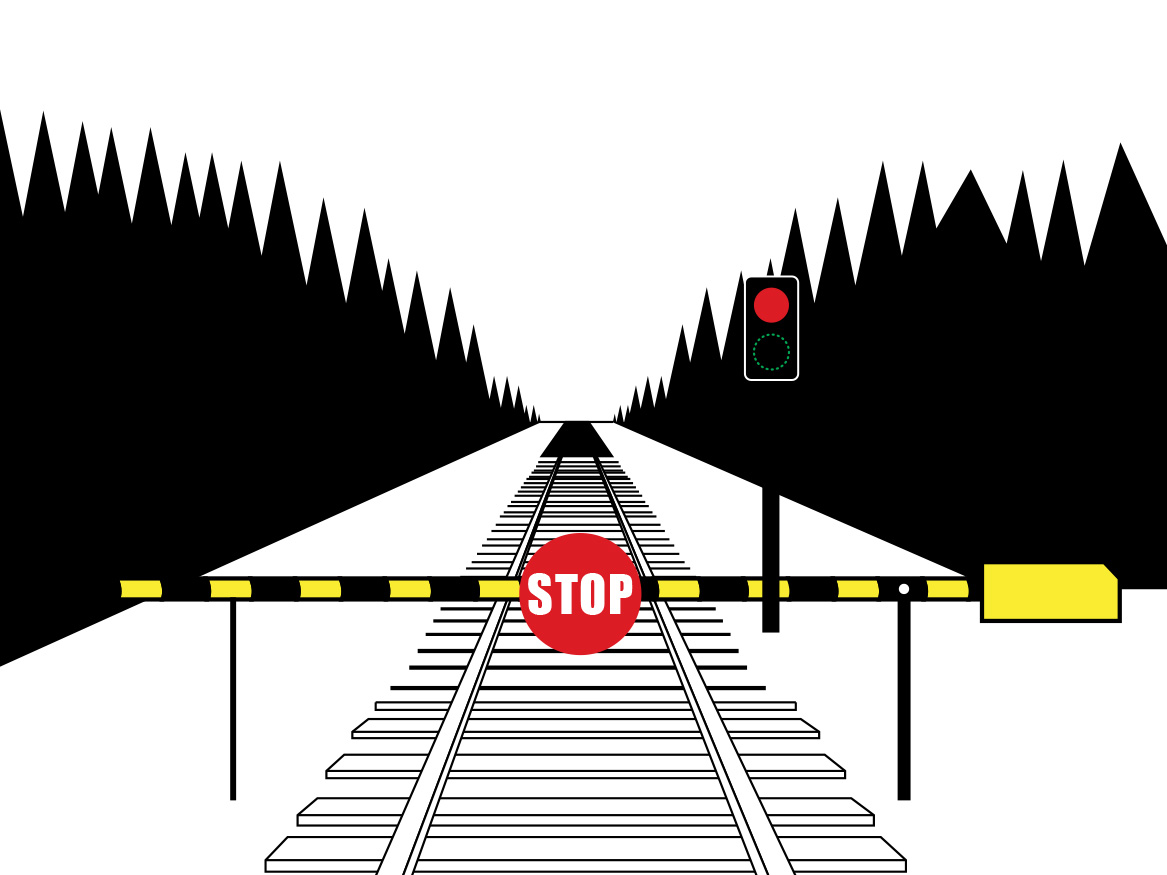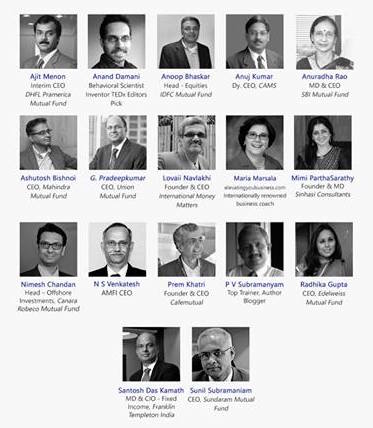This article first appeared in Mint on 24th Sep, 2018.
Recently it was reported that a 9W 697 Mumbai-Jaipur flight was turned back to Mumbai after take off as, during the climb the crew forgot to select the bleed switch to maintain cabin pressure. This resulted in the oxygen masks dropping. Thirty out of 166 passengers experienced nose and ear bleeding, some also complained of headache.
Aviation safety experts say such an incident was “extremely rare” as turning on the bleed switch is part of a check-list that pilots are expected to mandatorily adhere to. If turning on a switch that regulated cabin pressure is part of standard protocol, how could the pilots make such a simple, common-sensical error. And more importantly how can such errors be avoided in the future?
Traditional thinking suggests increasing the training of the pilots so that it makes them better and thereby avoid such errors. But training is not a full-proof method of ensuring human errors don’t get repeated. That’s because as long as humans need to rely on their memory to ensure the cabin pressure switch is turned on, errors are bound to happen. Sure check lists work. But that’s still a manual method of ensuring that the switch is turned on. And after repeatedly performing the tasks on the checklists over multiple flights, checklists themselves become routine habitual tasks done without much thinking. Also given that there are multiple tasks pilots need to perform in the 3-4 minutes after taking off, the chance of errors happening during those critical moments becomes high.
So instead of the pilot having to rely on their memory or routine check-lists, the answer to avoid such human errors lies in implementing simple behavioural design nudges. For example, if there was a continuous audio-visual reminder that the bleed switch had not been turned on, it would draw the pilot’s attention and it would be highly likely they would have turned it on. Such an audio-visual reminder was not present in this kind of an older generation of aircraft, and therefore the chance of human error increased.
The Japanese have a term for such error-proofing – poka yoke. This Japanese word means mistake proofing of equipment or processes to make them safe and reliable. These are simple, yet effective behavioural design features that make it almost impossible for errors to occur. The aim of error-proofing is to remove the need for people to think about the products or processes they are using. Some examples of behaviourally designed products used in everyday life are the microwave oven that doesn’t work until the door is shut or washing machines that start only when the door is shut and remains shut till the cycle is over. Elevator doors now have sensors that cause them to not close when there is an obstruction. This prevents injury to someone trying to enter as the doors are closing.
Human behaviour cannot be trusted to be as reliable as a machine. In fact, human behaviour is far from perfect. Yes, the people who operate expensive and complicated machines may be the best trained, but human errors in the form of simple error, lapse of judgment or failure to exercise due diligence are inevitable. According to Boeing, in the early days of flight, approximately 80 percent of accidents were caused by the machine and 20 percent were caused by human error. Today that statistic has reversed. Approximately 80 percent of airplane accidents are due to human error (pilots, air traffic controllers, mechanics, etc.) and 20 percent are due to machine (equipment) failures.
Another instance of how systems could be made safe by applying behavioural design is of airplane emergency evacuations. During the emergency landing of the Emirates flight EK521 at the Dubai airport in 2016, passengers were running to get their bags from the overhead cabins, instead of evacuating the plane. Only when the airplane staff began yelling at them to leave their bags and run, did the passengers finally pay heed to their calls and evacuate. Just a few minutes after the evacuation, the plane caught fire. It was a near miss situation. Had even a few passengers waited to get their bags from the overhead cabins, many of them would have got engulfed in fire. Again the natural instinct to correct such a situation would be to train people to evacuate and get them to listen to the flight’s safety instructions. But behavioural science studies have proven that such efforts are time-consuming, money-draining, unscalable and most importantly ineffective at changing human behaviour. In such an emergency situation, if the overhead cabins were automatically locked, with a label “Locked due to emergency”, passengers would not waste time trying to open them. That would in turn get passengers to behave in the desired manner and evacuate faster.
Sometimes behavioural design nudges are intuitive. Other times they are counter-intuitive. In a fire-drill experiment by behavioural scientist Daniel Pink, he found that placing an obstacle like pillar in the middle of a doorway got people to exit a hall 18% faster than without the pillar. The pillar was an obstacle but it split up people into two streams at the exit. That got people to use each side of the door, which in turn made the flow of people exiting the hall a lot smoother and faster. When the pillar wasn’t there to separate them at the exit, people bottle-necked at the door making the exit slower. Likewise, behavioural design could go a long way to design safer buildings, machines and systems and reduce human errors.








